When I’m too exhausted to share anything else, I can still share this
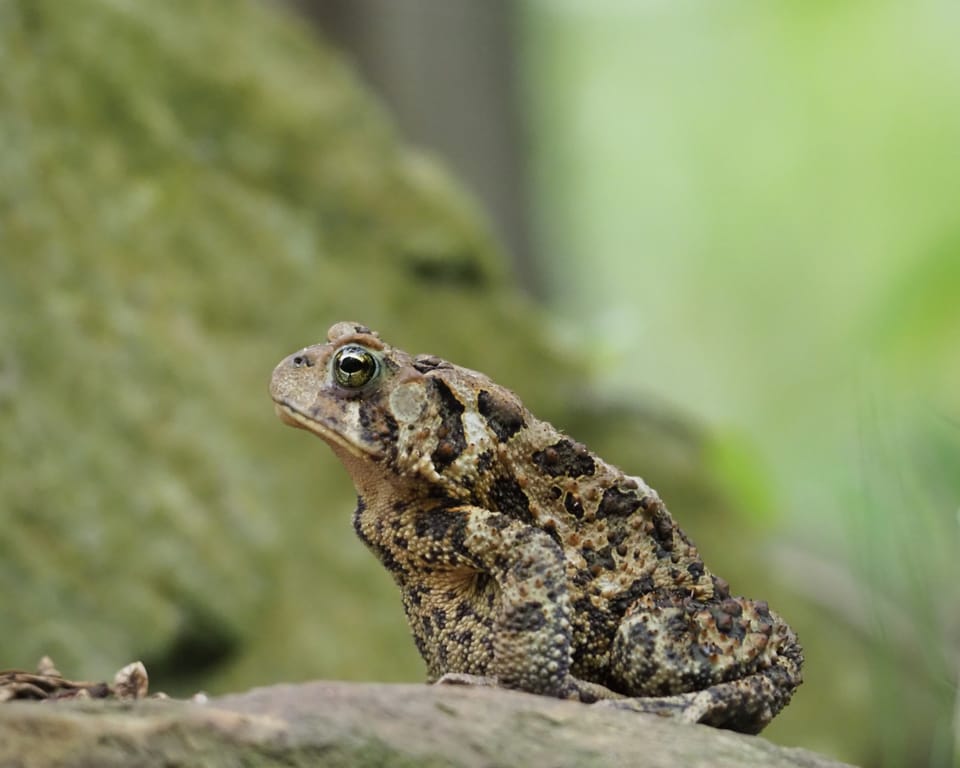
Written throughout July, documenting encounters from the same month.
The fireflies are on the deck. They drift between potted plants, hovering in the grapevines which wrap around the railings and stretch up to cling to the broad awning. The wilderness in our yard—as much a mix of native and invasive plants as the more aptly named “wildness” around us—has long been a good habitat for fireflies. The difference between the damp green habitat full of flashing lights and the barren mowed lawn lots besides us, with perhaps just one or two lonely twinkles drifting through, is always stark. But I’ve never seen this many of them before.
I slip out of the door, opened just a crack to let as little of the outdoor air in as possible. It’s July and the forests are once more on fire, smoke arriving from the west and centre of the continent to hang over houses and trees and roads, and catch in my throat.
Watching the flashes of orange-yellow, green-yellow, and blue-white (at least three species by the different colours, I think) climb up into the maple and wrap around the eaves of the roof, settle behind the shed and play in the leaves of the neighbour’s trees, I’m filled with wonder. But alongside it is the ever-present grief, because as soon as you begin to understand anything about the life around you, you find yourself surrounded by stories of loss. Fireflies across North America are declining, thanks to the fragmentation and destruction of habitat, the use of pesticides, light pollution, and climate change itself.
I can’t stay out long with the air so bad, heading back inside through as small a crack as the one I’d left from. But I found myself thinking about an Instagram reel I’d recently seen, of all things, where someone held out their hand, a firefly walking freely across it as they flashed periodically, the text superimposed over the video reading, you’ll never convince me to give up on a world as magical as this one.
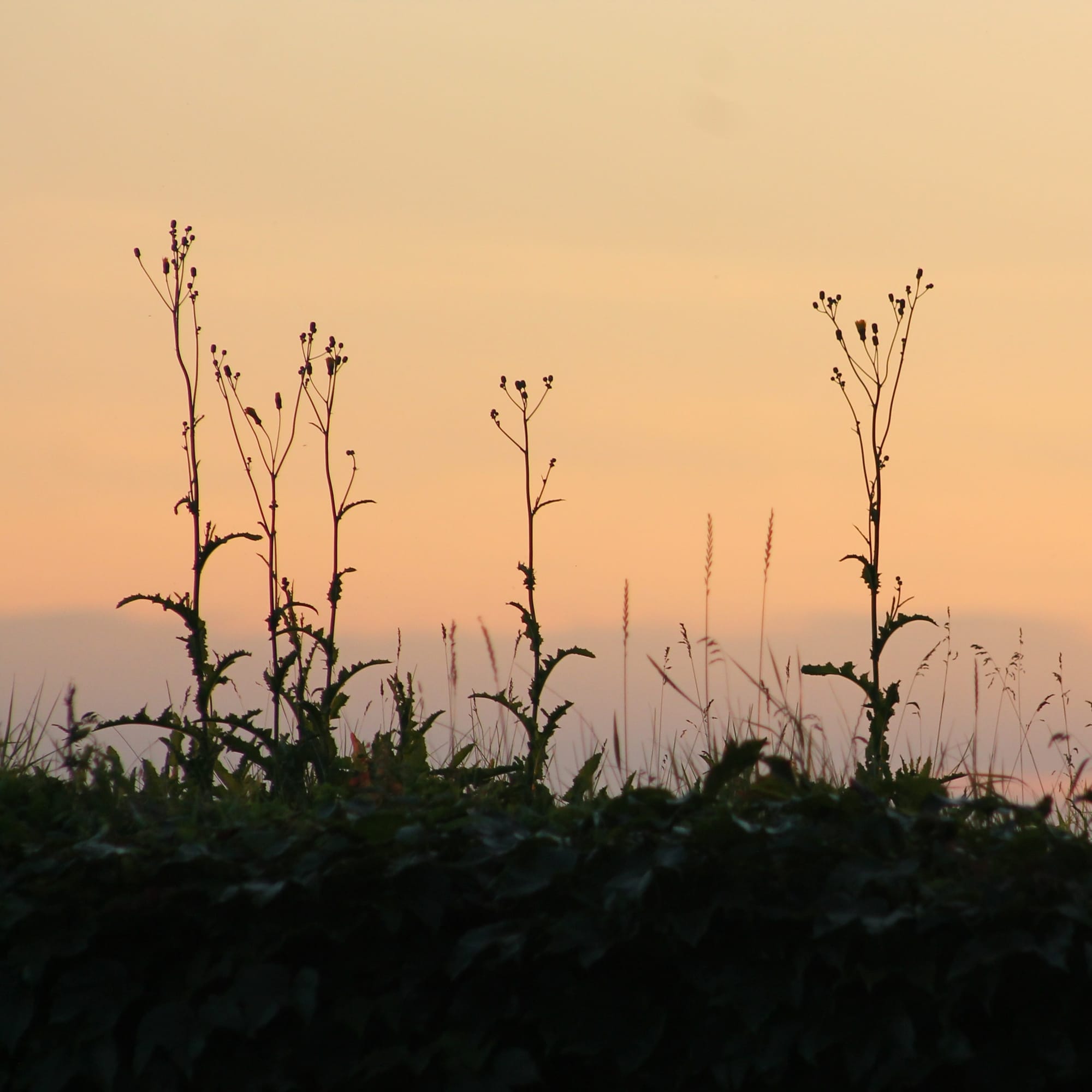
There’s usually at least one ongoing disagreement between my dog and I on our daily walks. For a while, it was a dirt pile on the next street over, him determinedly marching towards it, and I repeating firmly (while holding his leash just as firmly) that I simply can’t let him dig a hole in the middle of a stranger’s lawn. This past week, the argument has been over a dead bird by the curb.
It’s a fledgeling starling who, the first day I saw them, didn’t show any signs of what might have killed them, though I suspect a collision with a car followed by a tumbling flight before their body landed on the edge of a well mown lawn is the most likely explanation. Day by day their wings have curled up like dry leaves, their features fading under rain and insects and time.
I make a wide circle around the body, my dog reluctantly circling with me.
When I arrived, there was a circle of people gathered around a very large, strange bug, exclaiming in disgusted excitement at how gross it was. There were lots of people rushing back and forth in this parking lot, a space well on its way to becoming a festival, and I paused, looking at the scene unfolding in front of me. No one seemed inclined to harm the bug, but it would undoubtedly be stepped on and crushed shortly without intervention.
One person took a photo, looked at whatever suggestion the image had pulled up on their screen, and cheerfully said “well it doesn’t bite at least!” I responded that someone should move it, to which several incredulous sets of eyes turned to me, and as I’d expected since first spotting the bug, I was someone.
My trust in other people’s online searches isn’t high, so I just hoped for the best as I knelt down beside the creature and went to gently encourage it onto my hand. It has an almost crustacean-like look to it, long pincers in front of it’s oval body, and beady black eyes. There was a moment as I put a tissue down in front of it, a flat and hopefully safe looking surface which could facilitate a scoop, where it paused and looked at me, face tilted up, eyes seemingly fixed on me, both of us frozen for a moment in mutual observation. Those instances of connection stay with me, because every time it just brings home how real the lives of all the other beings sharing this world are, how complex their existence, how much they too are acting with some form of intentionality, even though our capacity for thought and action might be different. Was I a threat? An obstacle? Something else? A decision was being made, and after a moment they crawled onto the tissue, I gently scooped them up, and cupped them in my hands, one held over the other so they couldn’t accidentally fall, as they hunkered down, pincers pulled in close against their body.
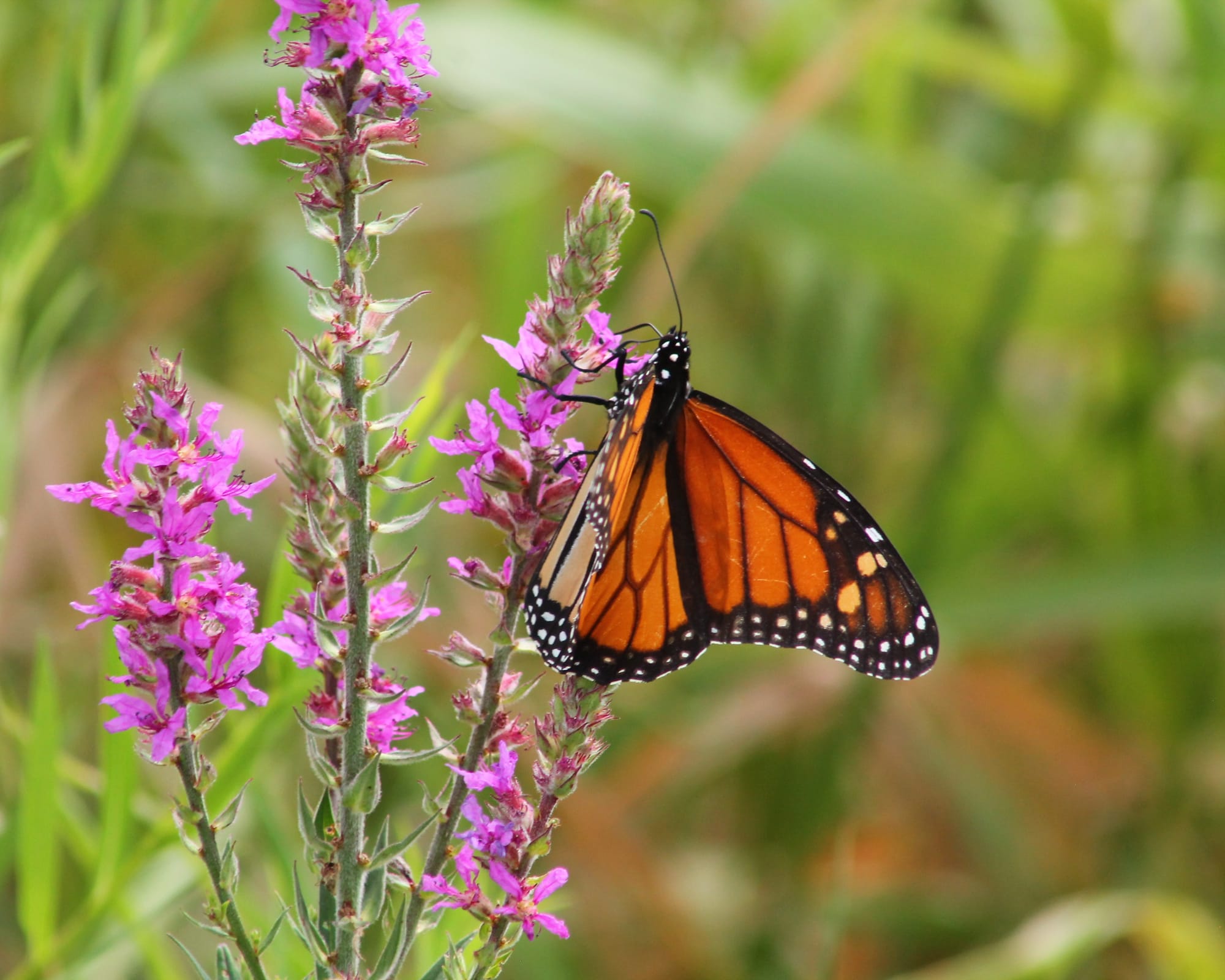
I walked past tents and booths, out past the stage where grass grew up into scrub, squatted down low and opened my hands, letting them crawl across my palms and fingers until they dropped the short distance to the ground. I’m not used to handling bugs so large: as far north as I am, bugs just don’t tend to get very big. I thought it would feel strange and off-putting holding one that size—whenever I’d seen people handling stick bugs or tarantulas in captivity it had never looked particularly appealing—but while it was strange, I found myself delighted instead. It was like holding a small animal, the scratchy feeling of their feet unlike anything I’d felt before.
When I looked them up later myself, I laughed. Giant water bugs fall into the category of highly maligned insects because, in their usual aquatic homes, they can give sharp and painful “bites” with those pincers I’d noted (presumably when people step on them or come close to it), earning them the moniker of “toe biter,” and they’re capable of shooting a foul smelling liquid from their back end to deter predators. Hardly as harmless as the internet searcher had lead me to believe, but while I don’t know if it’s true, I like to think that in their gentleness with me, they’d concluded correctly that I was not a threat to their life. That perhaps we reached some very tentative trust in the few moments of our acquaintance.
I hope I moved them far enough back that they remained unscathed despite the crowds that later gathered. I hope they made it to the river, no more than a couple hundred metres away. But they did definitely live longer than they otherwise would have, and I have to think that every hour of life is worth something.
Almost everything had gone wrong that day. In our continuing, seemingly endless search for a house to buy, for our new home in the woods, my mother and I had gone to visit a place in an (almost) perfect area, but overwhelming amounts of roadwork had completely blocked the necessary road, and both the two of us and our real estate agent had had to turn back. The road there—one of the very few running north-south and allowing access to that town—was rough and narrow at points, visibility through clouds of dust and blind hills not always the best, making the experience feel fraught. Deciding we needed a break after the long drive, we tried to stop at a birding hotspot, only to find it was located in a private campground with a hefty fee for entry, and then finally after much looking around at maps on our phones, settling on a public path running along a spit of land between a canal and the river.
Tired and frustrated and hot, we set out, the wind a relief. “Swallows love bridges,” I said speculatively, looking at where the path appeared to end, so we followed it all the way under the bridge, where it was cool and dim, and filled with swallows. Mud nests lined the underside of the bridge, stretching out until our view was obscured by distance and the ridges of the structure itself. Cliff swallows came and went, swooping and diving as they hunted over the water, and right above our heads, way up, we saw two fuzzy heads sticking out of a nest, waiting impatiently for tasty bug snacks to be delivered.
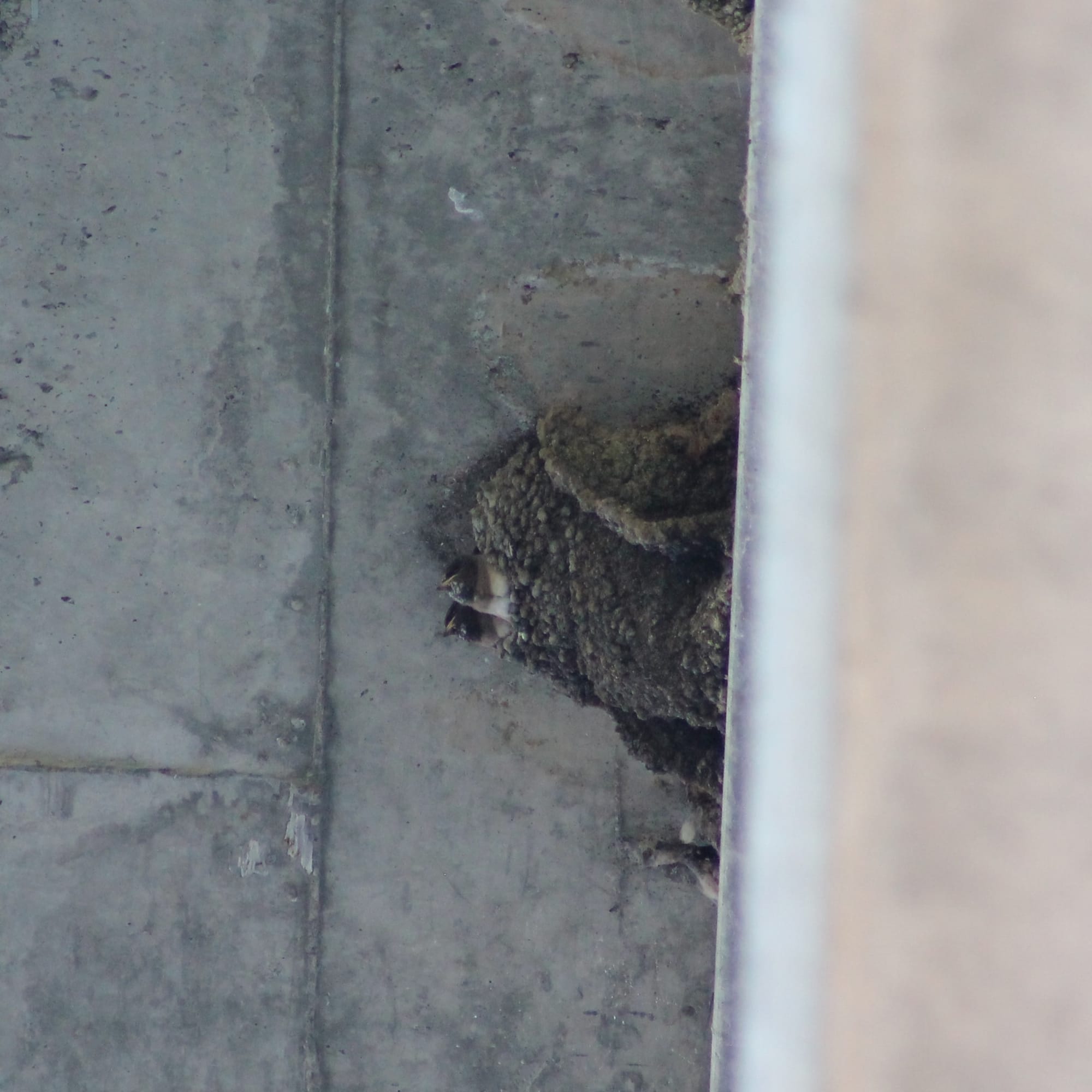
I have learned recently that cliff swallows did not always live here. Originally native to the western canyons of the rocky, cascade, and sierra mountain ranges, they followed major infrastructure projects across the continent, finding a strange opportunity for new habitat that had not previously existed in the older, softer mountain ranges here on the east coast. They’re so ubiquitous in this particular habitat that this summer when I see a bridge, I’ve learned to think cliff swallows.
I’m not sure what to make of a species finding homes in what was felt by most bird species as destruction, but I can’t deny the joy I feel whenever I hear their aerial chatter or watch their swooping flights, and I’m glad that we now live alongside one another.
Another dead bird. This time a juvenile cedar waxwing, their front streaky, the tip of their tail surprisingly red instead of the usual yellow, a matching streak of red blood low on their abdomen. They’ve lying on the sidewalk that runs along a strip mall, and I look up at the huge, reflective windows up above, wondering if they were following a sky that turned unexpectedly crystalline and impenetrable.
I start composing an email to the mall management company in my head, for whatever good that will do, about how to prevent window strikes, wondering if emphasizing how unpleasant a shopping experience is created by dead birds falling from the sky will be more likely to get through to the type of people who own and operate malls.
I can’t stop thinking about that small, colourful corpse for the rest of the day.
One afternoon, despite the heat, despite all the tasks waiting for me, I sit outside on the deck for a while. Two crows land, one in the apple tree, the other the maple tree, yelling derisively at a red-tailed hawk circling above. A hairy woodpecker scales a maple trunk, where an abandoned squirrel’s nest sits in a split, and begins busily demolishing it, tossing decomposing leaves away with great vigour in search of insects. A downy woodpecker lands nearby, edging closer and closer before they too start picking at the nest, and even after the larger hairy chases them off, they stay close, unfazed, waiting for the next opportunity. The black-capped chickadee family I’ve been seeing around, at least three fledgelings by my count, flit around both my yard and the neighbouring ones, chattering with each other as they always do.
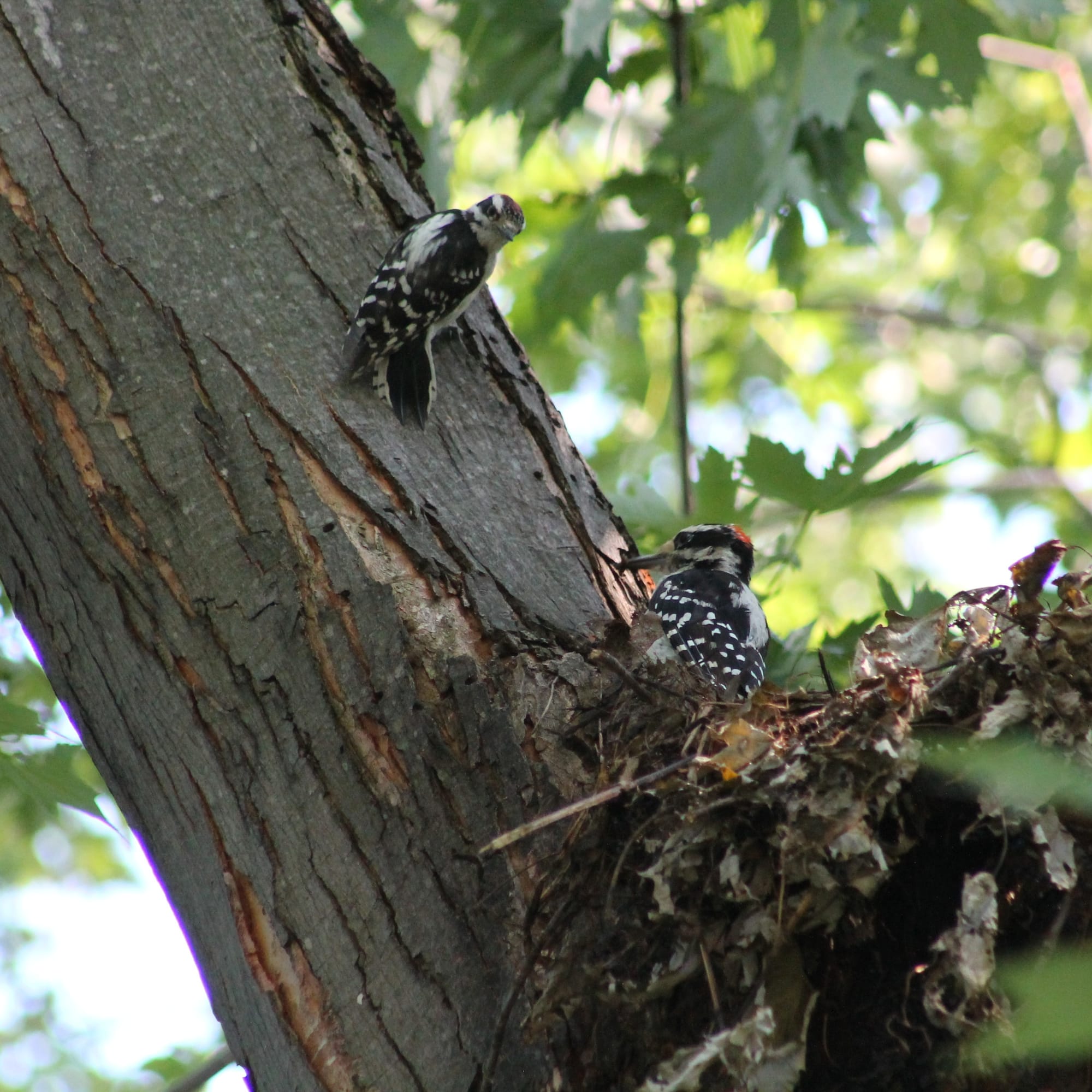
The past month everything feels like it’s falling apart, the terror and the uncertainty in my life a weight that’s often left me sitting on the floor, sobbing. I carefully collect these encounters with wildlife, reflections of the world around me, an antidote to isolation, a reminder of other lives being lived. When I’m too exhausted to share anything else, I can still share this.
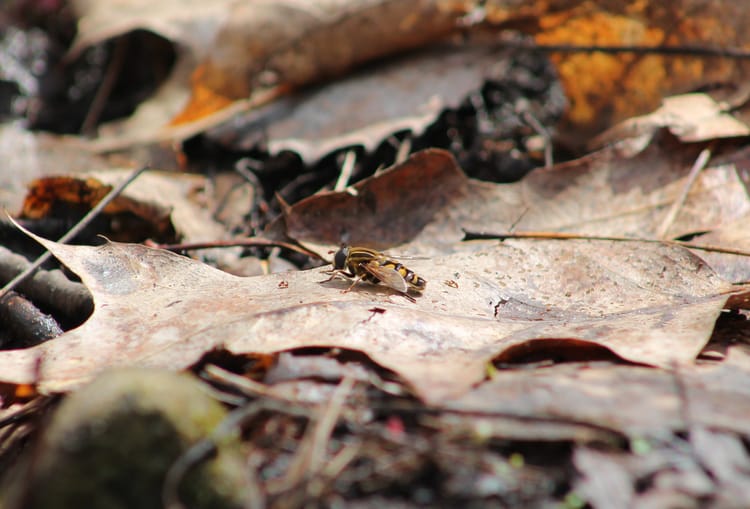
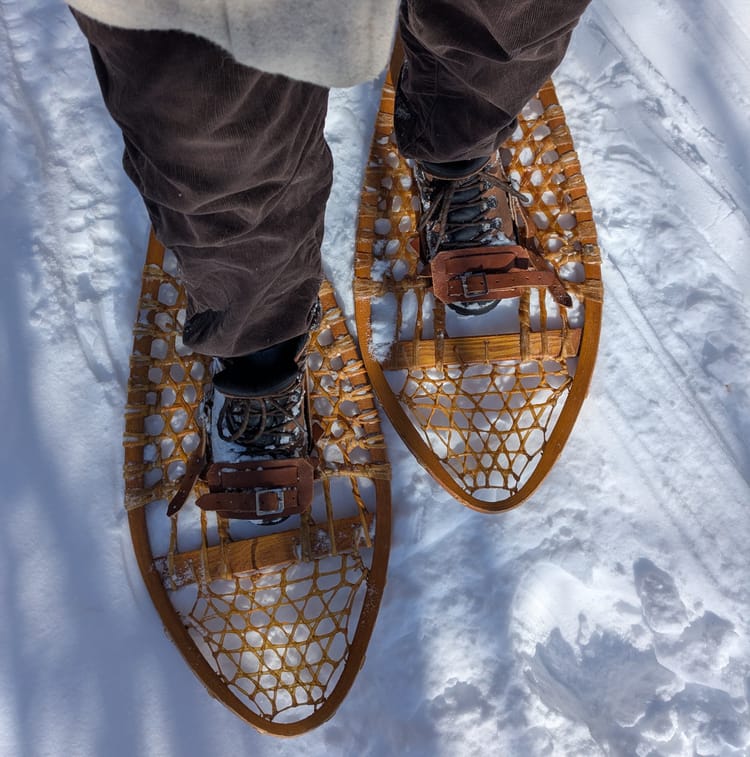
Member discussion